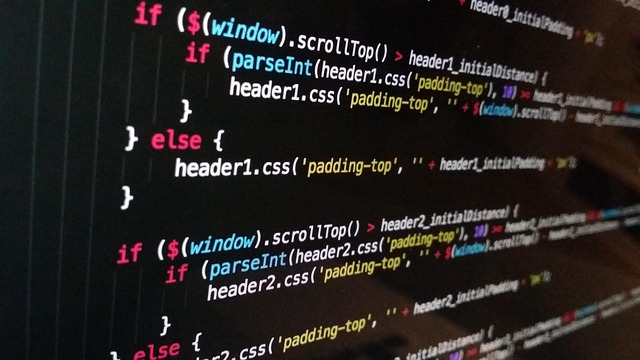In an ever-evolving digital landscape, cybercrime has emerged as one of the most pressing challenges we face today. As we spend more time on social media platforms, the risk of exposing our personal data has exponentially increased, making the need for robust data protection more critical than ever. It’s essential to understand how social media’s impact can heighten our vulnerability, and what actions we can take to mitigate these risks.
Social media is a double-edged sword; it connects us with friends, family, and global communities, yet it simultaneously offers cybercriminals a treasure trove of information. Every post, like, and share can reveal personal details that can be exploited for malicious purposes. Criminals are savvy; they can utilize social engineering tactics to manipulate unsuspecting users into divulging sensitive information. With just a few clicks, a seemingly innocent interaction can spiral into identity theft or financial fraud.
Another critical aspect of social media is the practice of data mining. Companies often harvest user data for targeted advertising, but this information can also fall into the wrong hands. Cybercriminals often gain access to databases filled with personal data through data breaches. When users share seemingly trivial details on social media, they inadvertently provide pieces of a larger puzzle that can be exploited to commit cybercrimes.
Moreover, privacy settings on social platforms are often not as secure as users believe. Many users may not realize the extent of their digital footprint. Sharing location data, for instance, can alert cybercriminals to when someone is away from home, providing a perfect opportunity for burglary. This potential risk emphasizes the need for individuals to understand and manage their privacy settings effectively. Regularly reviewing privacy policies and being mindful of what personal information is shared online is crucial in today’s environment.
Furthermore, the culture of instant gratification that social media fosters often leads people to act impulsively without considering the consequences of their online interactions. Clicking “accept” on a friend request from a stranger or participating in viral challenges that require sharing personal information may seem harmless. However, without a proper understanding of the implications, users can inadvertently facilitate cybercrime. Educating oneself about the various threats that pervade social media is key to fostering a safer online experience.
In this digital age, awareness is paramount. It is imperative for users to stay informed about the latest cybercrime trends and the tactics used by criminals. By understanding potential threats, individuals can take proactive measures to safeguard their data. This might include enabling two-factor authentication, using strong, unique passwords, and being cautious about the information shared on social platforms.
Social media should be seen not just as a platform for social interaction, but also as a space that requires responsible use and vigilance. By prioritizing data protection and being aware of the insidious ways cybercriminals operate, individuals can help themselves and their networks stay safe in an increasingly interconnected world. As we continue to navigate the complexities of social media, let’s commit to fostering a culture of cybersecurity awareness and protection.



